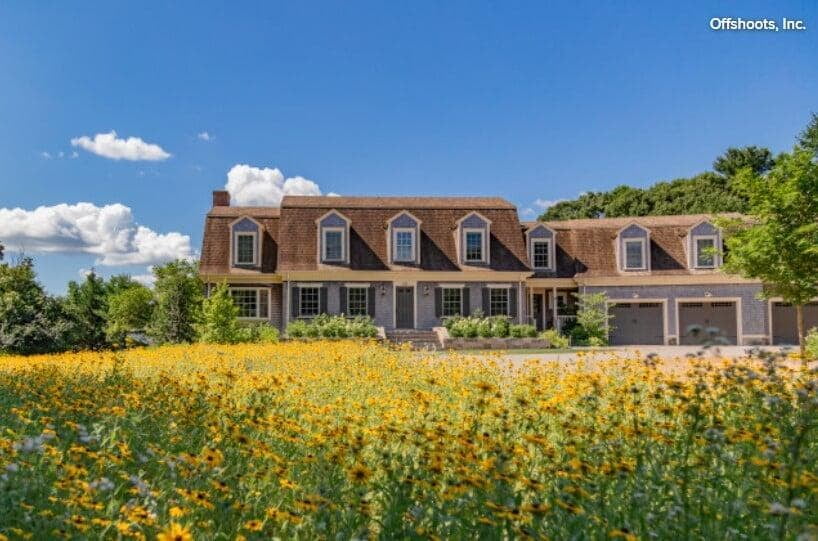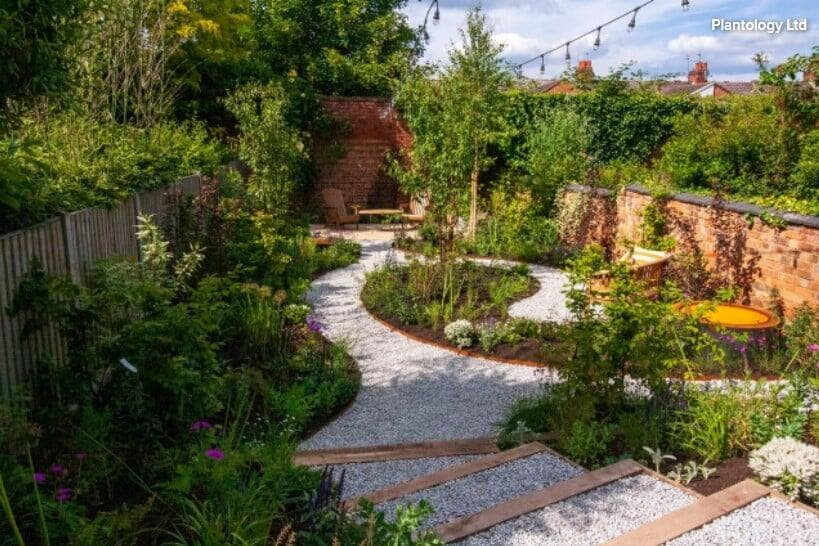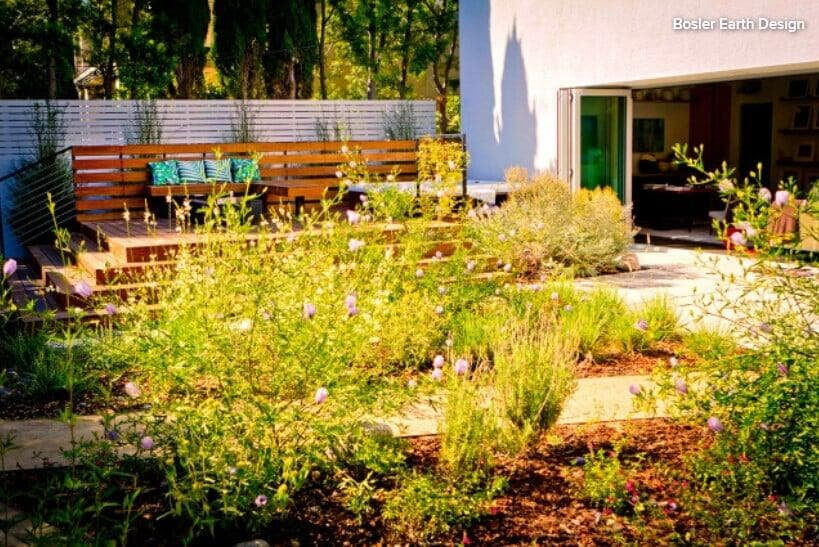Earth Friendly Landscape Design
In "Before and After: 3 Exuberant, Wildlife-Friendly Landscapes", Elena Vega explains the careful planning, plant selections, and sustainable practices you can use to reimagine your outdoor spaces as havens for biodiversity. At Valley Habitats, we can help you showcase the beauty and ecological benefits of wildlife-friendly landscaping for your home. Contact us to get your project started for the summer!
When you want a garden that delights the senses and welcomes beneficial insects, a sea of plain lawn or scattered perimeter plantings simply won’t do. For these three makeovers, designers replaced banal stretches of yard with brightly colored wildflowers, native wonders, fruit-bearing shrubs and other plants that call to wild creatures and humans alike. Could you adapt any of these ideas for your own yard? Let us know in the Comments.

1. Healthy Choices
Yard at a Glance
Who lives here: A family of five and its two dogs
Location: Westwood, Massachusetts
Size: About 1.8 acres (0.7 hectares)
Landscape architect: Offshoots
Hardscape installer: Renovo's Landscape & Construction
Before: A tract of bluegrass greeted the Offshoots landscape architects at this Massachusetts home. The owners, one of whom is an avid gardener, wanted to create a sustainable yard that would attract pollinators, produce food and even improve the health of the surrounding wetlands.



2. Curves Ahead
Yard at a Glance
Who lives here: A retired grandmother
Location: Warwickshire, England
Size: 1,227 square feet (114 square meters); the plot has a level change from end to end of about 5 feet (1½ meters)
Landscape designer: Sam Plant of Plantology
Before: This long and narrow yard in England had two patios but little in the way of interest. The homeowner, a grandmother, had a wish list that included a sustainable and wildlife-welcoming design, opportunities for water harvesting and vertical plantings, and replacements for steep steps that weren’t safe for the grandkids. She brought in Sam Plant of Plantology to make it all happen.


This photo is from a year after the installation. Yellow Wallich spurge (Euphorbia wallichii,zones 6 to 9), purple ‘Caradonna’ sage (Salvia nemorosa ‘Caradonna’, zones 4 to 9) and purple and red tulips joyfully spring forth to entice visitors along the paths to the two seating areas.

3. Love of Country
Yard at a Glance
Who lives here: Mark Sandelson
Location: Santa Monica, California
Size: 3,000 square feet (279 square meters)
Landscape designer: Bosler Earth Design
Before: After 25 years of maintaining a large backyard pool that he used only once, this homeowner in Southern California was ready for a redesign. Being British, he wanted the feel of an English country garden, with varying plant colors and heights as well as softness. Landscape designer Catherine Bosler of Bosler Earth Design was up to the task.


Vines wind up the sides of a steel-and-wood shade structure that defines a seating area to the left of the deck, adding a breath of English romance. And more jasmine grows on a wood screen along the back edge of the pergola, hiding the trunks of privacy-creating ficus trees. A Japanese maple (Acer palmatum ‘Bloodgood’, zones 5 to 8) brings a lively splash of red foliage to offset all the green.
